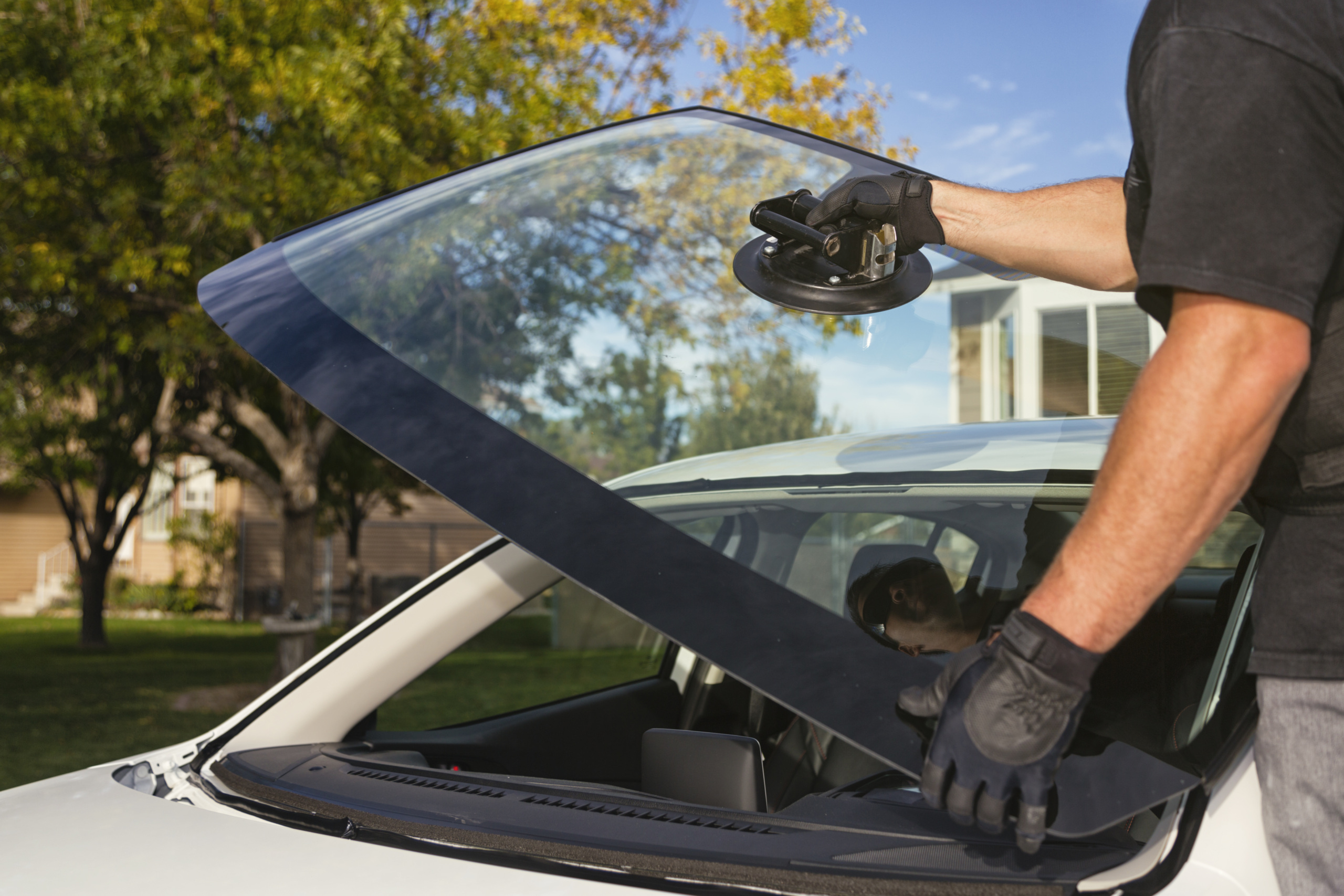
This Infrastructure Week, Let’s Talk Priorities, Not Dollars
Too often, infrastructure policy seems to be driven by short-term priorities – getting projects underway, creating jobs, or squeezing out another couple decimal points of growth in GDP. The reality, however, is that the projects we build today will shape the America our kids and grandkids inherit. We owe it to them to make good choices.
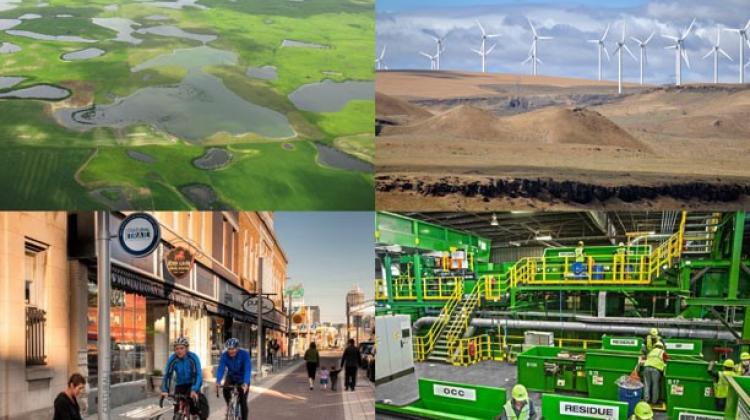
Happy Infrastructure Week, everyone!
No, really, I mean it. Why is everybody laughing?
Before it became a running joke of the Trump era – with one “infrastructure week” after another overshadowed by some bizarre event or political scandal – Infrastructure Week was a real, serious event organized by a broad coalition that included groups ranging from the U.S. Chamber of Commerce to the AFL-CIO. Now in its seventh year, Infrastructure Week is still going, with this year’s event (happening now) hoping to focus the attention of the nation’s leaders on the need to “build for tomorrow.”
That’s good. Long-term, sustainable infrastructure investment is essential if the nation is going to meet our biggest challenges: eliminating the pollution that is causing global warming, assuring clean air and clean water, building healthy, vibrant communities, and transitioning to a sustainable new economy.
But Infrastructure Week is also a symbol of how far off-base our national conversation about infrastructure has gone. To understand why, you need look no farther than the list of groups taking part. For every American Wind Energy Association seeking to accelerate our transition away from fossil fuels, there is an American Petroleum Institute looking to deepen our dependence on oil. For every transit advocacy organization, there is a road builder. For every recycling advocate, a manufacturers’ group.
Needless to say, the 500-plus groups endorsing Infrastructure Week do not share a vision of the kind of infrastructure America needs now. The only thing that appears to hold them together is a desire to open the spigot of federal infrastructure spending a bit wider.
That’s the perspective that dominates the current discussion in Washington, D.C., as evidenced by President Trump’s highly touted agreement with House Speaker Nancy Pelosi and Senate Minority Leader Chuck Schumer to support a $2 trillion infrastructure package – a package with no specified projects, no stated goals, and no source of funding.
The lack of clear goals (aside from a gaudy dollar figure) is a problem, since the infrastructure we build today will shape America for generations to come. The choice between, for example, investing in infrastructure for wind power or infrastructure to support oil drilling is one with immense long-term consequences. To avoid choosing by endorsing an “all of the above” approach to infrastructure is both incoherent and wasteful – the equivalent of flooring the gas pedal and the brake at the same time.
The current debate also ignores the many ways in which we waste and abuse the infrastructure we’ve already spent good money to build. In a new report out this week, Repair Priorities, Transportation for America and Taxpayers for Common Sense document the nation’s failure to maintain our existing roads, even as we spend tens of billions of dollars annually to build more. Yet, over and over again, as we’ve documented in our Highway Boondoggles series of reports, the same states that have used the degraded condition of our roads to lobby for more money have turned around and spent much of that new revenue on shiny new highway projects – often of dubious value.
We need a new approach – one that starts not with the question of how much we want to spend but rather with discerning what we need to build, and why.
Our new white paper, Blueprint for Tomorrow: Strengthening American Infrastructure for Healthier and More Sustainable Communities, written by Frontier Group’s R.J. Cross along with our partners at U.S. PIRG Education Fund and Environment America Research & Policy Center, sketches out such a vision for infrastructure. It focuses on five priority areas: energy, water, transportation, solid waste and “natural infrastructure” – the forests, wetlands and other natural areas that do so much, so quietly, to keep us healthy and safe.
The paper also reinforces that, when it comes to infrastructure, more is not always better. Building new things is not always better than fixing the old. And fixing old infrastructure that no longer serves our needs is not necessarily better than simply letting it go.
Thankfully, we are not alone in raising questions about the current direction of our national infrastructure conversation. In addition to this week’s Repair Priorities report, last fall, Taxpayers for Common Sense issued a report with principles for infrastructure investment similar in many ways to our own. And, of course, for unsparing critique of the nation’s “Infrastructure Cult,” you can always count on Strong Towns.
Too often, infrastructure policy seems to be driven by short-term priorities – getting projects underway, creating jobs, or squeezing out another couple decimal points of growth in GDP. The reality, however, is that the projects we build today will shape the America our kids and grandkids inherit. We owe it to them to make good choices.
Making good infrastructure choices, not maximizing spending, is what Infrastructure Week – every Infrastructure Week – should be about.
Topics
Authors
Tony Dutzik
Associate Director and Senior Policy Analyst, Frontier Group
Tony Dutzik is associate director and senior policy analyst with Frontier Group. His research and ideas on climate, energy and transportation policy have helped shape public policy debates across the U.S., and have earned coverage in media outlets from the New York Times to National Public Radio. A former journalist, Tony lives and works in Boston.
Find Out More
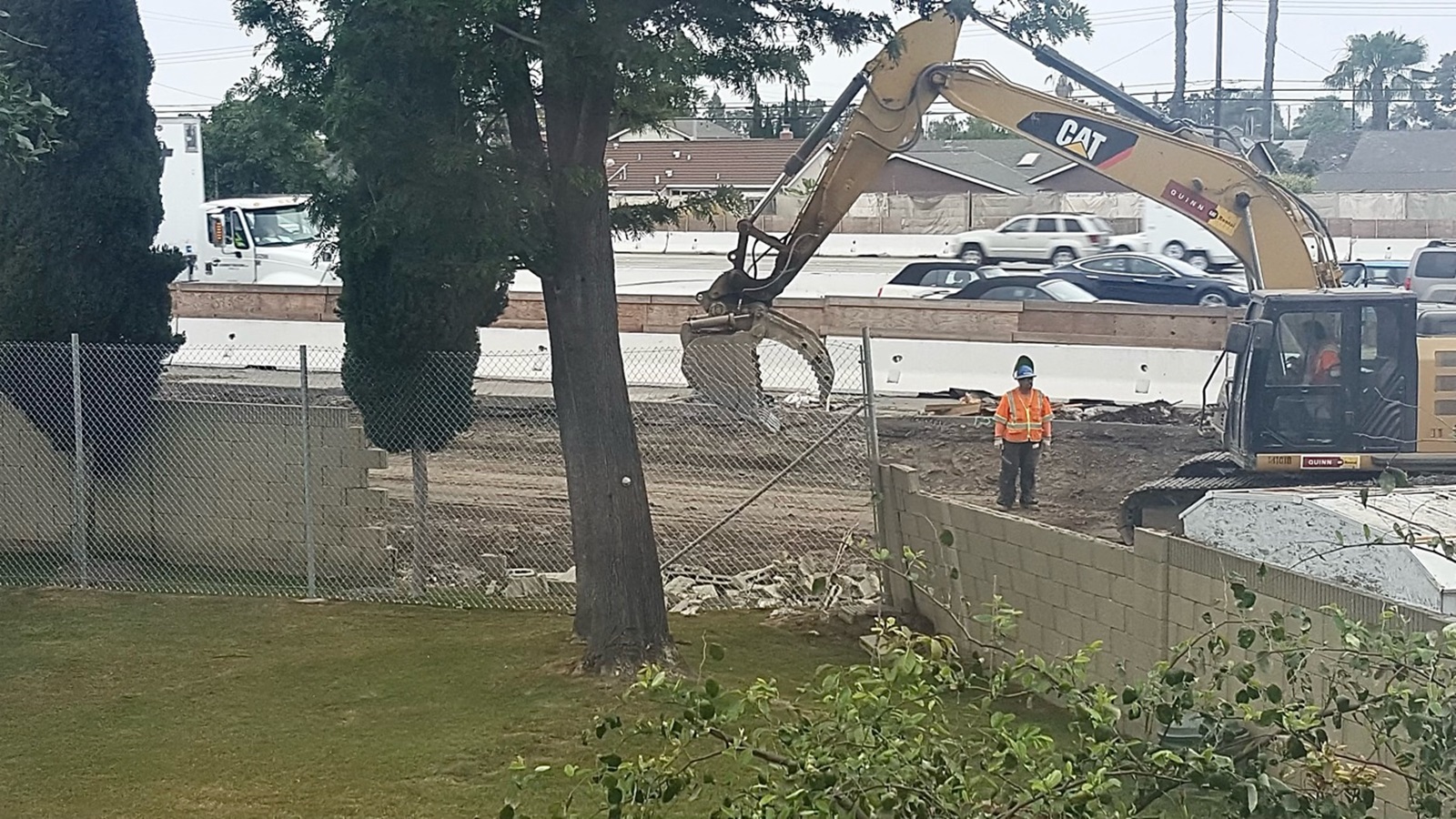
Wider highways don’t solve congestion. So why are we still knocking down homes to build them?
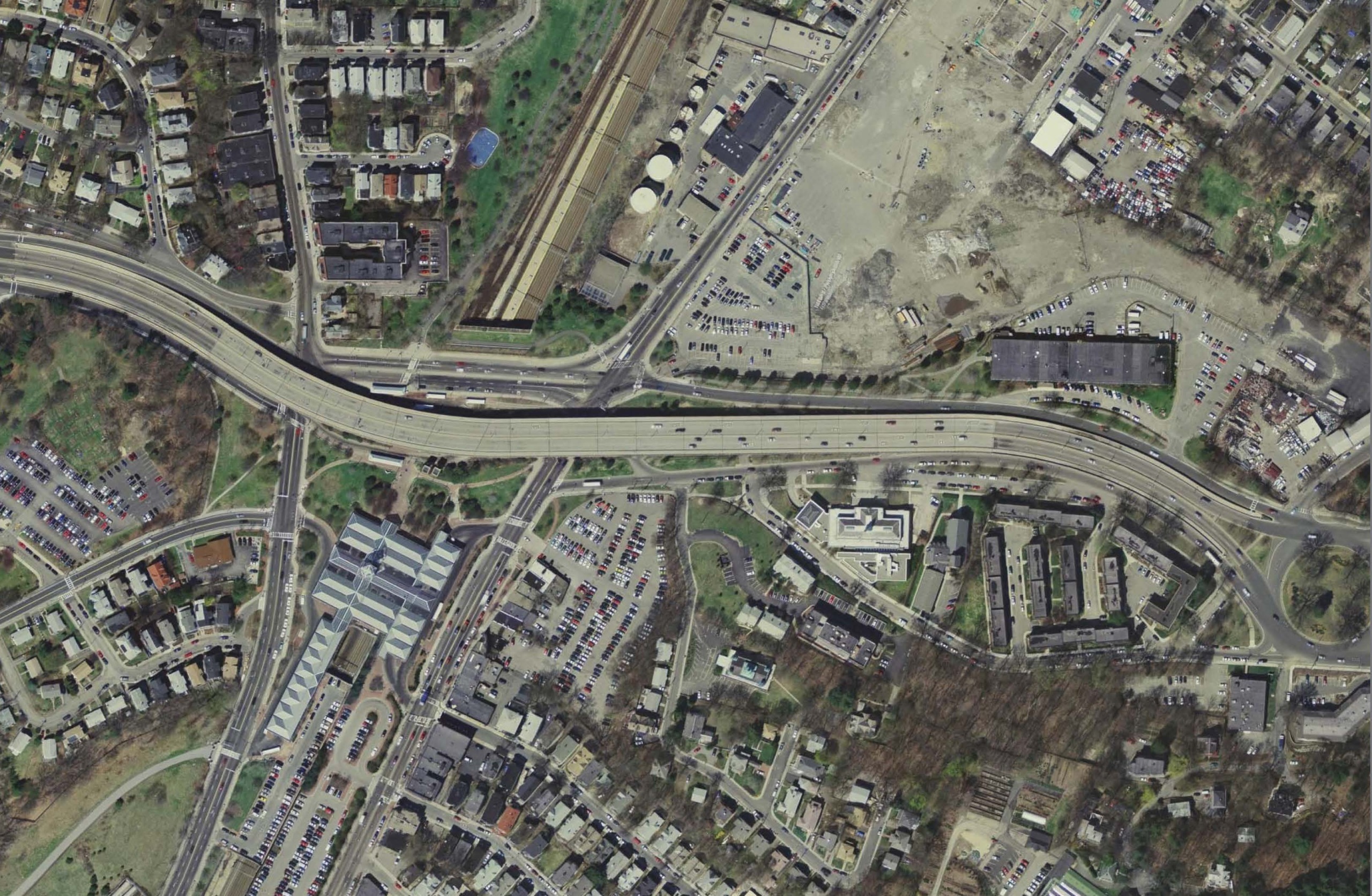
Four ways to look at a project (or policy, or almost anything)
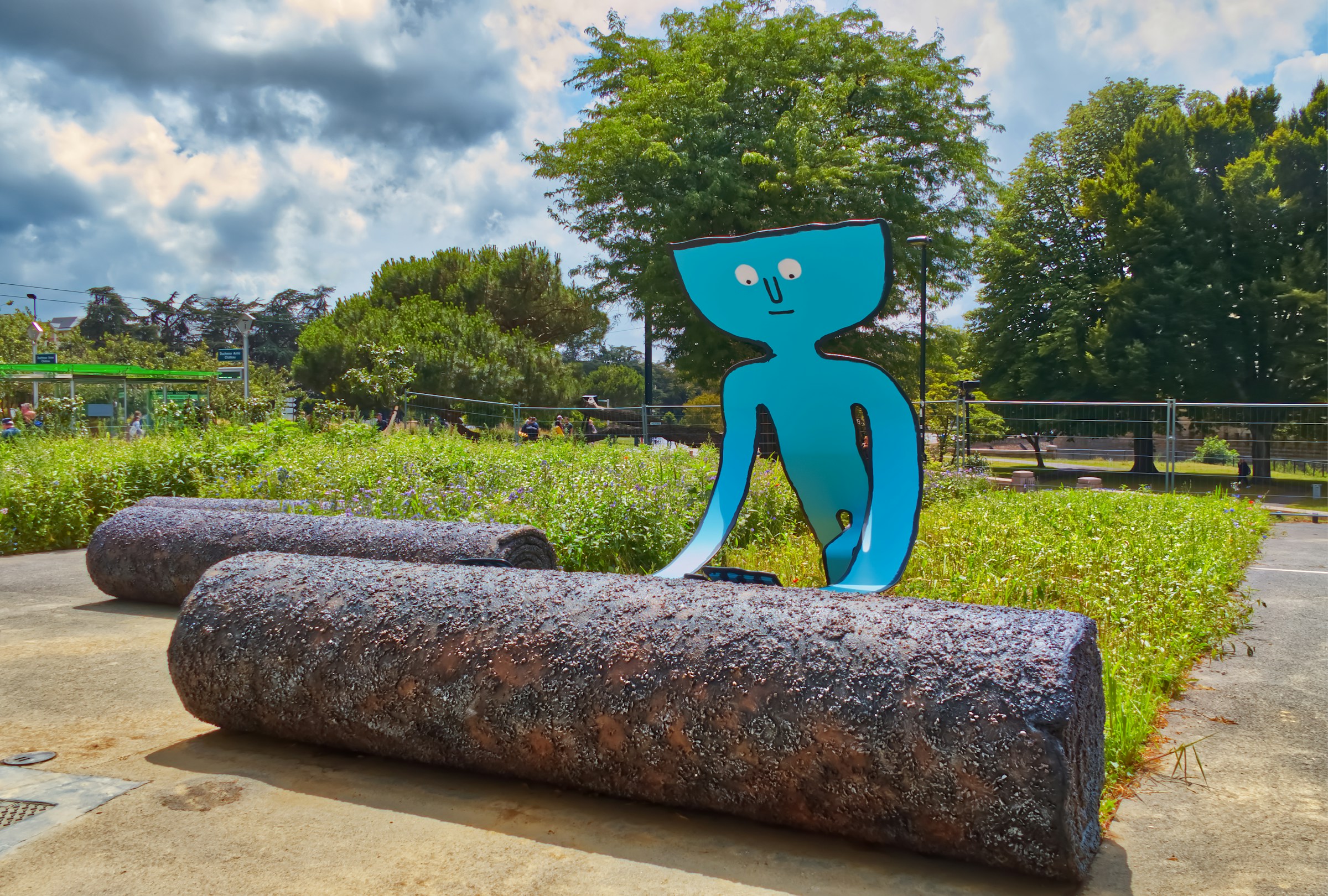
From gray to green: How (and why) to depave
